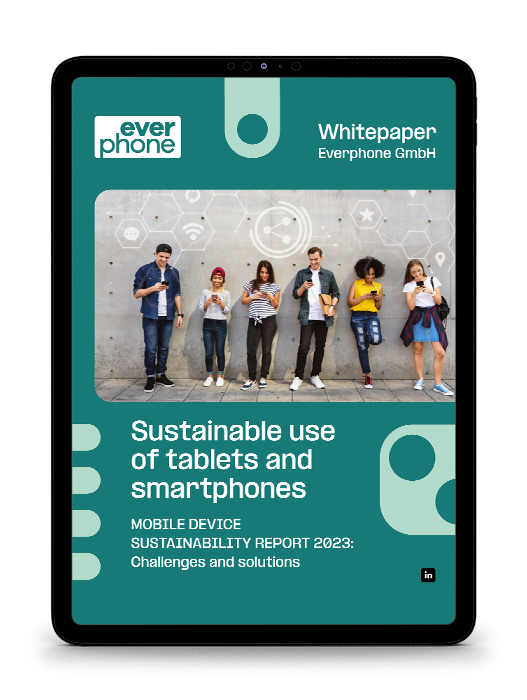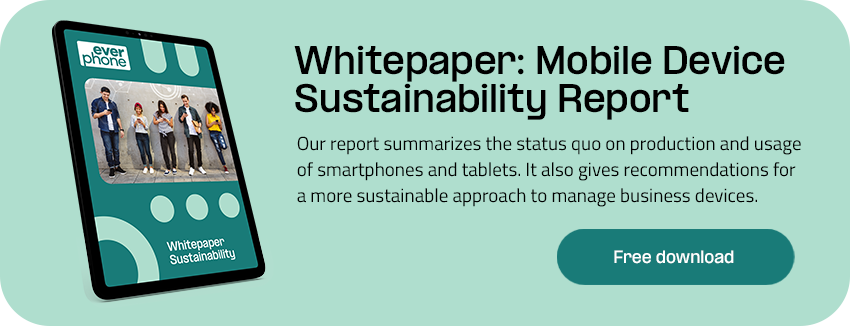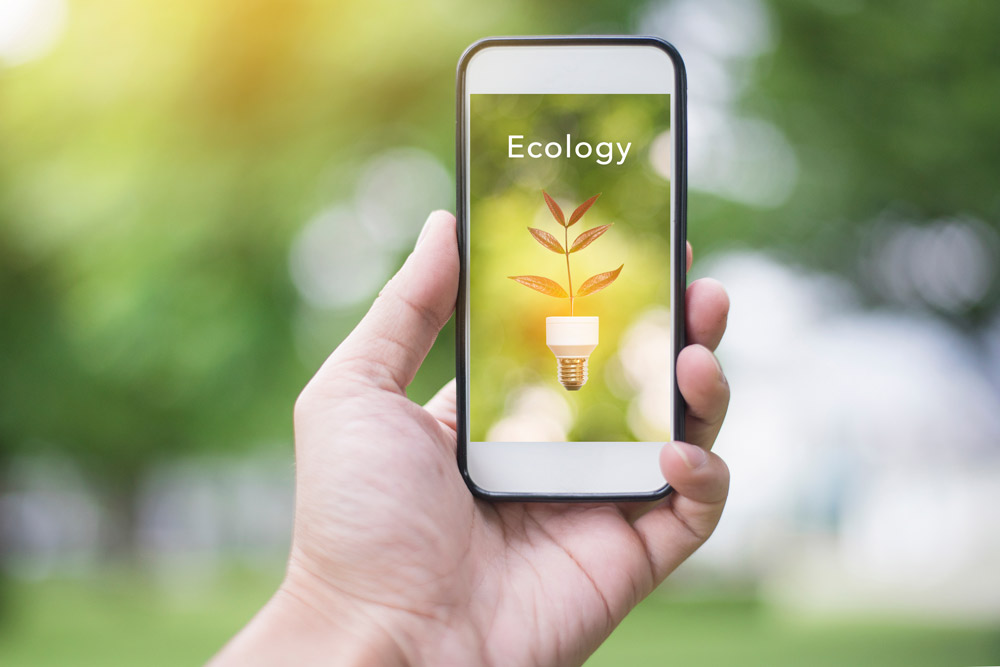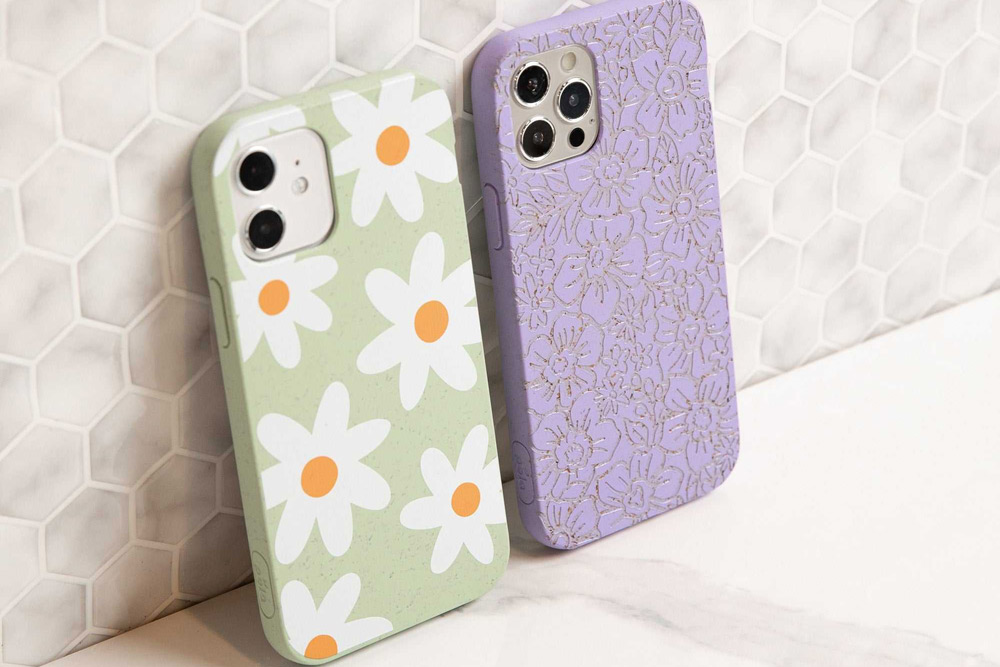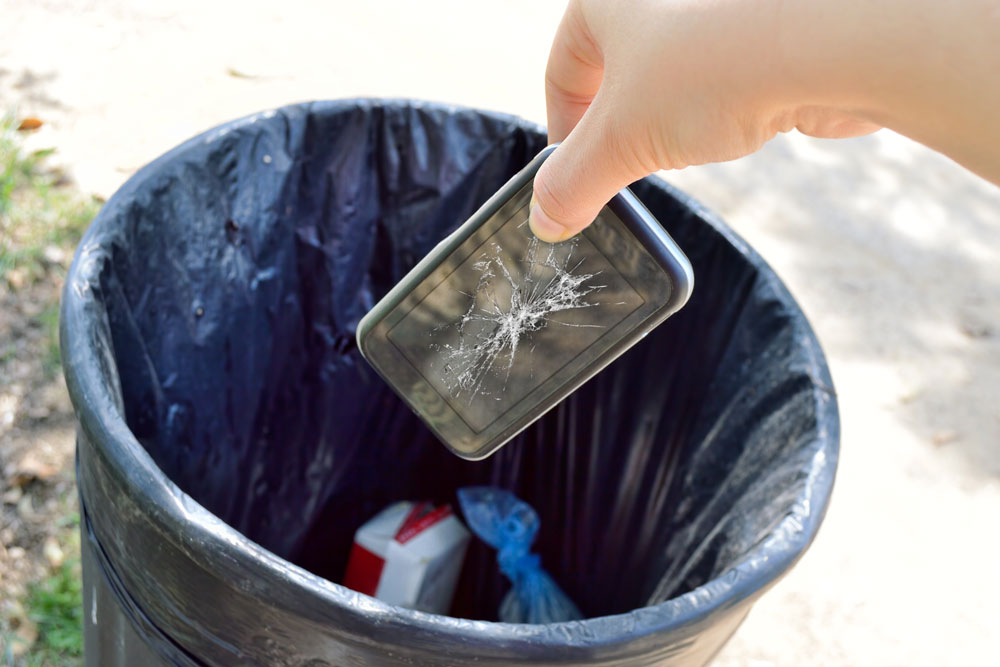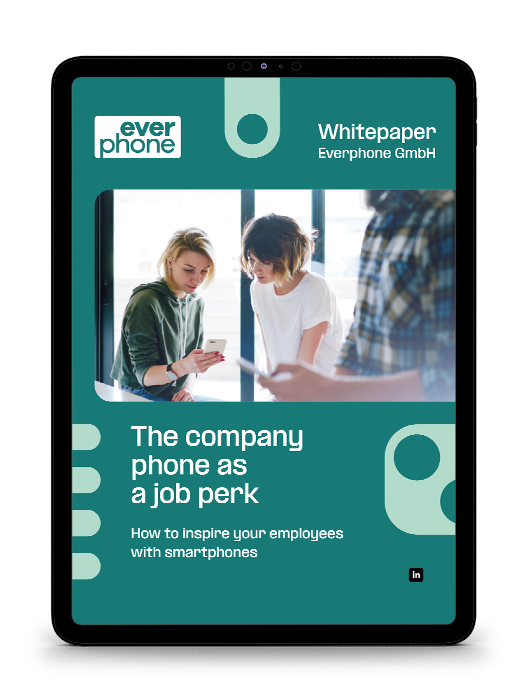Which cell phone is particularly environmentally friendly?
There are several cell phones that are considered environmentally friendly. One example is the Fairphone, which aims to extend the life of the device and make it easier to repair. Another eco-friendly phone is the Shiftphone, which is made from sustainable materials.
Both manufacturers embrace the concept of modular product design. Fairphones and Shiftphones consist of a limited number of components (modules).
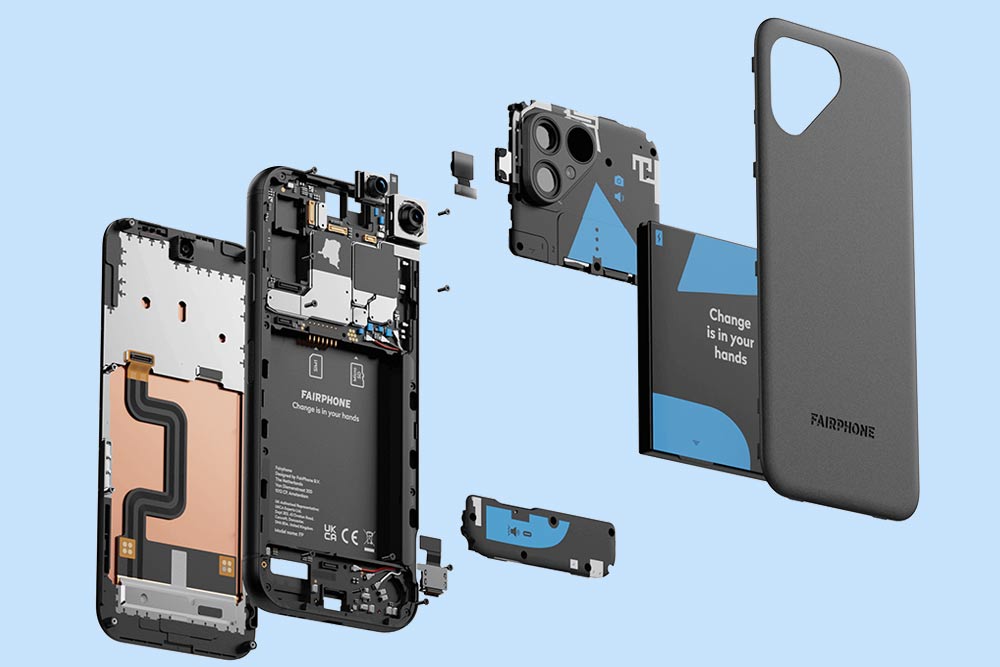
If necessary, these modules can also be replaced by non-professionals. This makes the cell phones much more eco-friendly: Defects can be repaired more easily, the supply of spare parts is planned from the start, and the cell phone can “evolve” with the needs of the users.
Environmentally friendly cell phone—what does that even mean?
There is no such thing as an eco-friendly cell phone.
All IT hardware and electrical devices have a negative impact on the environment and also on the people involved in or affected by their production. It therefore only makes a difference to the environment to what extent the production and use of a cell phone (or tablet) is environmentally harmful.

When we talk about an eco-friendly cell phone, we mean a smartphone that has as little negative impact on the environment as possible.
On the one hand, this extends to production, which includes the extraction of raw materials and their processing. The focus here is on the environmental impact of raw material extraction as well as energy and water consumption in the subsequent production and marketing steps. On the other hand, this also includes energy consumption and other environmental aspects during use.
What makes a smartphone environmentally friendly?
An eco-friendly phone in this sense …
- … consists to the greatest possible extent of environmentally friendly and sustainably sourced materials, for example recycled aluminum for the housing.
- … can be repaired, which applies in particular to wearing parts such as the charging socket or battery.
- … is future-proof on the software side, meaning it is supplied with operating system upgrades and security patches by the manufacturer for as long as possible.
- … uses intelligent functions to minimize energy consumption, such as an energy-saving mode or efficient battery usage.
- … can be disposed of or recycled in an environmentally friendly manner at the end of its life cycle. Read more here: https://www.everphone.com/en/blog/utilize-old-phone/
How can cell phones be made more eco-friendly?
It is doubtful whether cell phones can be produced in an environmentally friendly way with the current technologies and market mechanisms. However, it is clear that the use of smartphones can become more sustainable and therefore more environmentally friendly.
This affects several aspects: One of them is how and how often private individuals and organizations decide to purchase a cell phone.
- Do we really need the latest iPhone every year?
- What happens to discarded cell phones after they have been used?
- How long are cell phones in use overall?
Towards a circular economy and ten-year phones
There are several ways to make the use of cell phones more environmentally friendly. Ultimately, all of these options can be traced back to keeping devices that have already been produced in use for as long as possible (this reduces the demand for new devices) and recycling discarded devices (this serves the secondary recovery of raw materials).
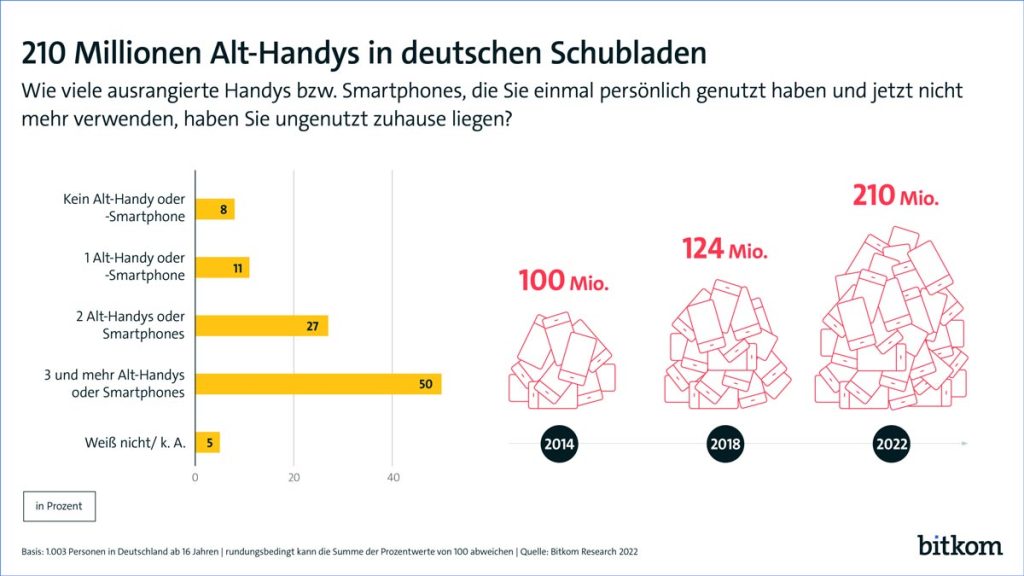
The raw materials from these phones are urgently needed for the production of new cell phones
Measures that almost everyone can implement are:
- Longer useful life:
Instead of buying a new cell phone every few years, you can use your current device for longer. This means less electronic waste is produced. - Repair instead of buying a new one:
If your cell phone is broken, you should have it repaired instead of buying a new one. Many manufacturers now offer repair services. For company cell phones, Everphone’s incident management and the replacement of defective devices are part of the sustainability strategy. - Buy used cell phones:
Instead of buying a new cell phone, you can buy a used device. This reduces the demand for new devices. - Recycling:
When the cell phone no longer works, it should be properly recycled. Many electronics stores and manufacturers offer recycling programs. - Use instead of own:
Everphone’s device-as-a-service considers the sustainability aspect of company cell phones from the start. Discarded cell phones are repaired in an environmentally friendly way and reused as long as this is technically possible and sensible. Hopelessly obsolete and broken devices are recycled without exception. - Energy-saving use:
By switching off Wi-Fi, Bluetooth, and GPS, reducing the screen brightness, and avoiding unnecessary background processes, the energy consumption of the cell phone can be reduced. - Use environmentally friendly accessories:
When buying accessories such as chargers and cases, look for environmentally friendly materials.
Company cell phones occupy a special position: Different logics and mechanisms operate in organizations than in the consumer segment. However, the basic principles are the same. Companies can take a step towards sustainability and environmentally friendly cell phones, for example, by switching from conventional device purchasing or smartphone leasing to renting smartphones (“device as a service”).
This makes procurement completely needs-based, as only the cell phones that are actually needed are in circulation. What’s more, the company cell phones can also be used privately – no need for a second private device.

And finally, Everphone collects decommissioned devices, refurbishes them and puts them back into circulation (“circular economy”). This means that the cell phones go through up to three life cycles. This is not quite the “ten-year cell phone” that many people are calling for. But we are on the way to greater sustainability and ultimately more environmentally friendly cell phones.



